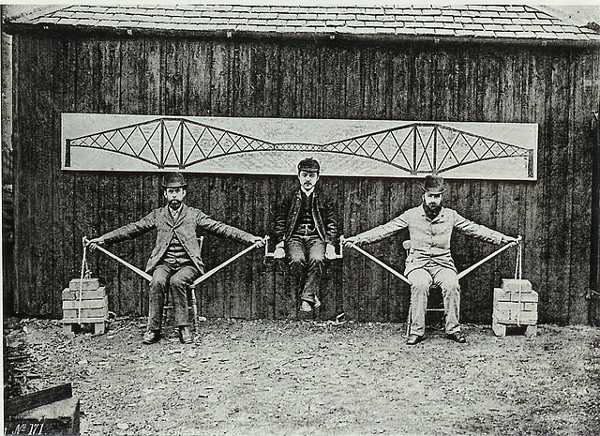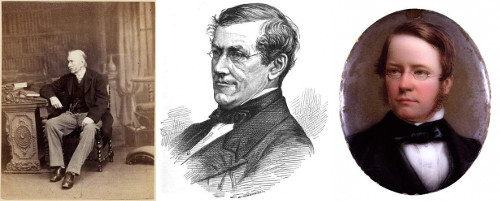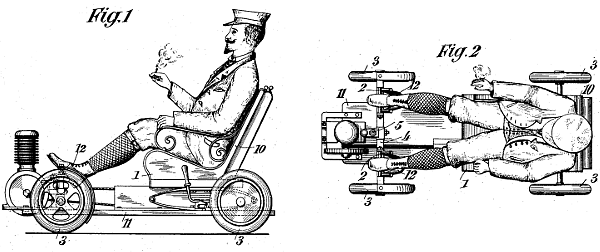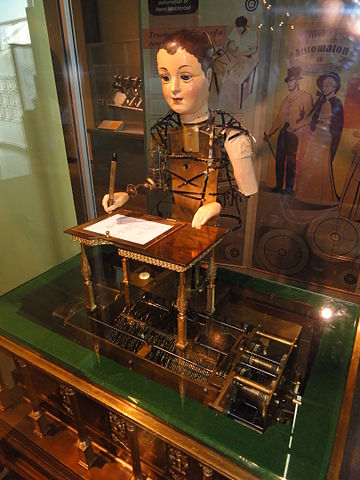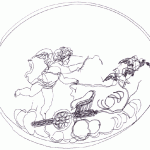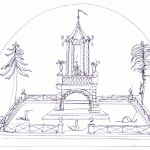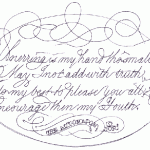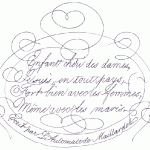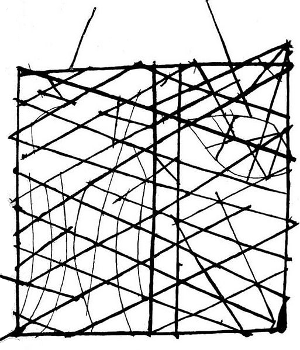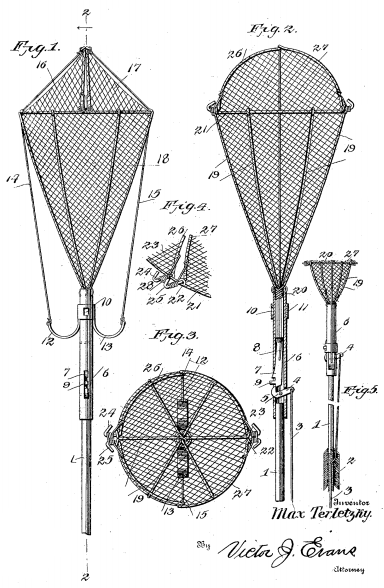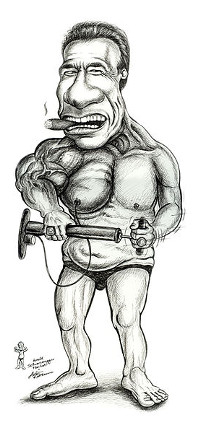
ArnoldC, a language devised by Finnish computer programmer Lauri Hartikka, assigns programming functions to catch phrases from Arnold Schwarzenegger movies. Some keywords:
False: I LIED
True: NO PROBLEMO
If: BECAUSE I’M GOING TO SAY PLEASE
Else: BULLSHIT
EndIf: YOU HAVE NO RESPECT FOR LOGIC
While: STICK AROUND
EndWhile: CHILL
MultiplicationOperator: YOU’RE FIRED
DivisionOperator: HE HAD TO SPLIT
EqualTo: YOU ARE NOT YOU YOU ARE ME
GreaterThan: LET OFF SOME STEAM BENNET
Or: CONSIDER THAT A DIVORCE
And: KNOCK KNOCK
DeclareMethod: LISTEN TO ME VERY CAREFULLY
MethodArguments: I NEED YOUR CLOTHES YOUR BOOTS AND YOUR MOTORCYCLE
Return: I’LL BE BACK
EndMethodDeclaration: HASTA LA VISTA, BABY
AssignVariableFromMethodCall: GET YOUR ASS TO MARS
ReadInteger: I WANT TO ASK YOU A BUNCH OF QUESTIONS AND I WANT TO HAVE THEM ANSWERED IMMEDIATELY
AssignVariable: GET TO THE CHOPPER
SetValue: HERE IS MY INVITATION
EndAssignVariable: ENOUGH TALK
ParseError: WHAT THE FUCK DID I DO WRONG
This program prints the string “hello world”:
IT'S SHOWTIME TALK TO THE HAND "hello world" YOU HAVE BEEN TERMINATED

